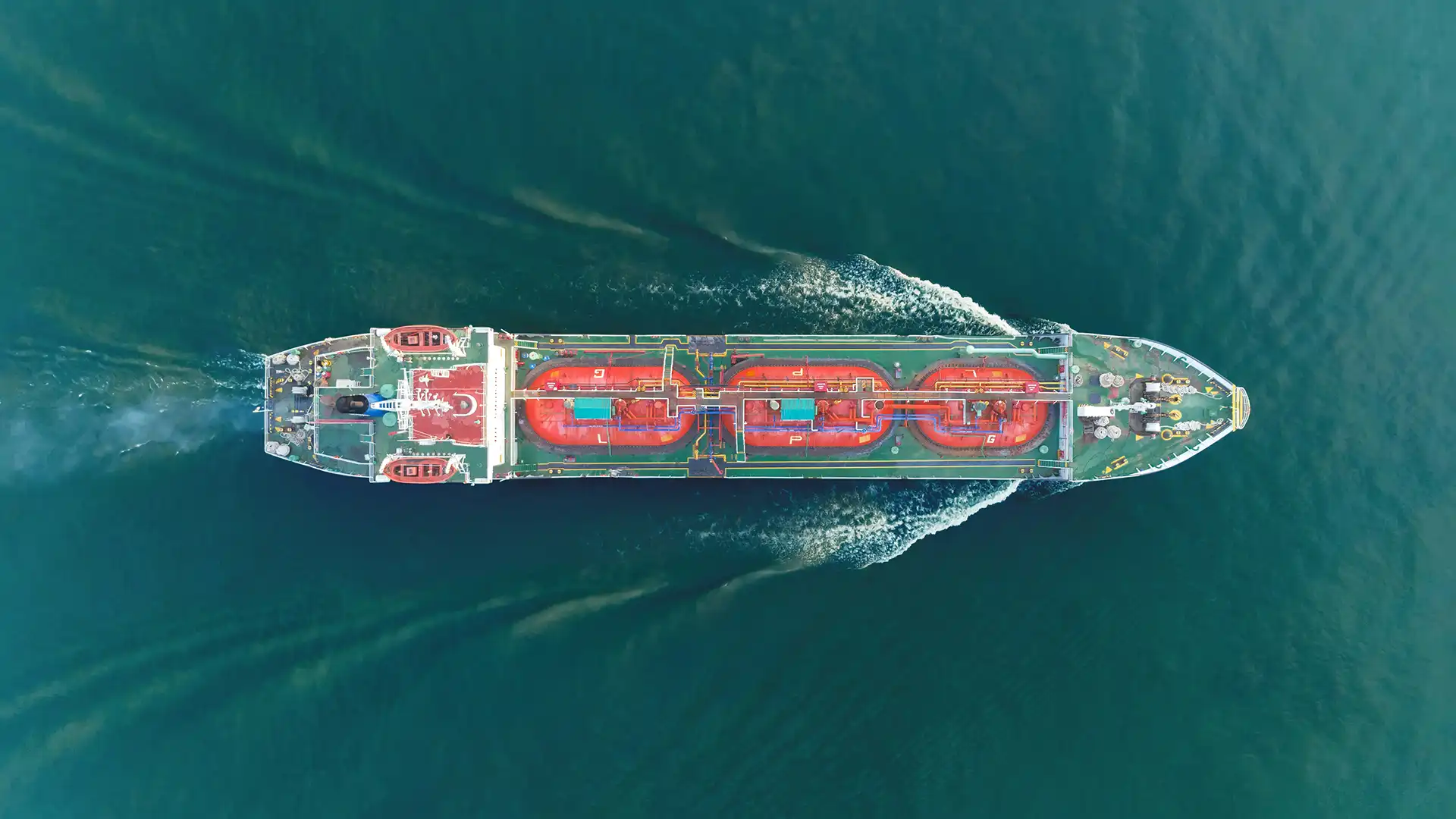
Topic Summary
1. Strategic Maritime Chokepoint
The Strait of Hormuz is one of the world’s most critical maritime chokepoints, serving as the gateway between the Persian Gulf and the open ocean. Approximately 20% of global petroleum, including nearly 30% of seaborne oil trade, passes through this narrow waterway, underscoring its exceptional strategic importance.
2. Global Energy Security
The strait’s significance extends to energy security, as it facilitates the export of oil and liquefied natural gas from major producers such as Saudi Arabia, Iran, Iraq, Kuwait, and the United Arab Emirates. Any disruption could precipitate substantial fluctuations in global energy prices and supply stability.
3. Geopolitical Flashpoint
Situated amid longstanding geopolitical tensions, the Strait of Hormuz remains a potential flashpoint for conflict involving regional powers and international actors. Its proximity to Iran elevates its role in regional security dynamics, amplifying the risks associated with military escalations and sanctions.
4. Economic Impact on Global Trade
Beyond energy, the strait is pivotal for the transit of various goods and commodities. A prolonged blockage or restriction can adversely affect international trade, imposing significant costs on shipping and global markets, thereby influencing economic inflation and supply chain resilience.
5. Technological and Environmental Challenges
The narrow and congested waters of the strait present navigational and security challenges, necessitating advanced monitoring and maritime security measures. Furthermore, any environmental incident, such as an oil spill or maritime accident, would have profound ecological and economic repercussions, extending beyond the region.
The Strait of Hormuz might look like a narrow stretch of water on the map, but it’s one of the single most strategic shipping lanes on earth — connecting regions from the Persian Gulf to the Gulf of Oman and Arabian Sea.
But what makes it vital in global trade? How 20% of the world’s oil flows through it, every single day.
If the Strait were to be blocked, the impact wouldn’t just stay in the Gulf. Economic ripples would span across global shipping routes, oil prices, and supply chains around the world.
And for businesses operating in a region like the UAE, where trade, logistics, and entrepreneurial spirit is deeply intertwined, understanding the Strait’s role is critical.
How the Strait Of Hormuz Powers Global Oil And Trade
With tensions rising around the Strait of Hormuz, global markets are already on edge.
Why? This waterway moves the kind of fuel that the global economy thrives on. And a blockage could leave you feeling an impact in your local petrol station to power grids controlling mega cities.
Here’s why the Strait of Hormuz matters:
- Around 21 million barrels pass through everyday which is roughly one-fifth of the world’s total oil supply
- Carries Liquified Natural Gas (LNG), petrochemicals, and refined fuels
- Reliance of major exporters like the UAE, Saudi Arabia, Kuwait, Qatar, and Iraq to reach buyers globally
- A cheaper option compared to more expensive and less efficient alternate routes
So naturally, even when there’s just a threat of closure, oil prices are bound to soar while shipping insurers raise their fees instantly.
Understanding the Global Impact of The Strait And UAE’s Position
When tensions unfold in the region, markets tend to react swiftly because of how central the Strait of Hormuz is to global trade and energy stability.
The suggestion of closure could let Brent crude oil prices rise to a whopping $110 per barrel, driven by speculation and supply fears. On the other hand, global oil shipping routes could get longer or more costly.
If you have a logistics or freight forwarding business that heavily relies on smooth routes, this could be a gamble, with higher insurance premiums and delays.
As a domino effect, everyday goods from fuel to food can become more expensive globally. Beyond just the Gulf region, countries around the world may be inclined to tap into their emergency oil reserves.
But what steps has the UAE — a nation central to trade — taken to future-proof trade?
- Fujairah Port, located outside the Strait, offers direct access to global markets
- The Habshan-Fujairah pipeline enables seamless rerouting
- UAE carriers and exporters are at the top of their abilities to adapt and reroute in times of uncertainty
A Deep Dive Into Global Reliance On The Strait of Hormuz
Every major economy feels the pulse of global routes. Here’s how different regions navigate the Strait of Hormuz’s trade impact.
How Gulf Economies Flow Through The Strait of Hormuz
For nations like the UAE, the Strait of Hormuz is more than just a shipping lane.
Let’s breakdown why:
- Prominent Shipping Route
Hormuz is a critical energy chokepoint that brings UAE exports to the world, boosting trade across ports like Jebel Ali and Khor Fakkan. - Key Anchor To Energy Markets
You have a business that trades oil? Gas? Or refined products? Guess what’s at the center of it all? The Strait of Hormuz — seamlessly facilitating delivery, re-exporting, and logistics. - Reinforcing Long-Term Energy Contracts
Major deals with Asia and Europe depend on secure shipping from the Gulf, making the Strait of Hormuz central to Gulf maritime stability. - Central To UAE’s Export Market
The UAE economy has diversified into real estate, tourism, and tech. But energy exports and maritime trade still form the backbone.
In Conclusion
When trade flows freely, investor confidence bumps up. So, even businesses in diversified fields other than oil — like startups, consultancies, e-commerce firms, or tech companies setting up in places like Meydan Free Zone — rely on trade stability.
Uninterrupted movement of goods fuel every industry that’s connected to UAE’s thriving ecosystem, and this includes your business setup too.
FAQs
1. Why is the Strait of Hormuz important to the UAE?
The Strait is a vital UAE shipping route, especially for oil and gas exports. It connects Gulf producers to global markets. Without it, trade costs rise and delivery times slow down, impacting everything from energy to everyday goods.
2. How much oil passes through the Strait of Hormuz?
About 20% of the world’s oil, roughly 21 million barrels daily, flows through this narrow route. That makes it a major energy artery for Gulf nations and a key link in the UAE shipping route to Asia and Europe.
3. What happens during a disruption in the Hormuz Strait?
A disruption in the Hormuz Strait can spike oil prices, delay shipments, and reroute global trade. Businesses face higher shipping and insurance costs, and countries may tap into reserves to stabilise energy markets.
4. Has the UAE planned for Hormuz-related trade risks?
Yes, the UAE has smartly invested in Fujairah Port and the Habshan-Fujairah pipeline. These allow exports to bypass the Strait, reducing dependency and ensuring the UAE shipping route stays secure even in turbulent times.
5. Who relies most on the Strait of Hormuz?
Countries like India, China, Japan, and Gulf states, including the UAE, depend heavily on it for oil and LNG. It’s one of the busiest maritime routes globally, and any disruption sends ripple effects across continents.
6. Can businesses outside the energy sector be affected?
Absolutely. Even if you're in tech, trade, or logistics, a disruption in the Hormuz Strait can raise operational costs. That’s why UAE businesses, even those in Free Zones, benefit from secure trade channels.
7. Why is the UAE considered a stable trade hub despite regional risks?
Because it’s built resilient infrastructure. From alternative ports to flexible routing strategies, the UAE shipping route is designed to adapt. That’s why investors still see the UAE as a safe, strategic base for global trade.
































